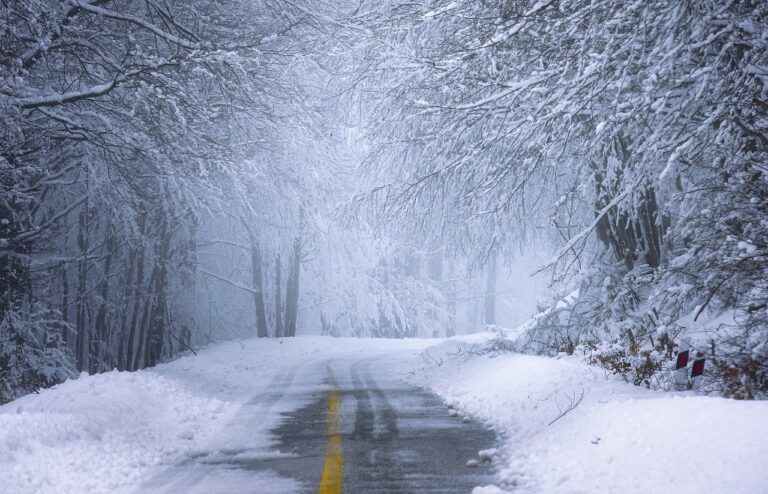Winter Weather Hazards
For many parts of the US, winter weather can create hazardous conditions such as snow, sleet, ice, and cold temperatures that affect day to day tasks and work procedures. Even if you work indoors, winter weather can be hazardous when walking to your car or driving to work. It is important that you prepare for this weather before it hits.
Winter Driving Is Dangerous
Over 70% of the nation’s roads are located in snowy regions, which receive more than five inches (or 13 cm) average snowfall annually. Nearly 70% of the U.S. population lives in these snowy regions. Snow and ice reduce pavement friction and vehicle maneuverability, causing slower speeds, reduced roadway capacity, and increased crash risk. Over 1,300 people are killed and more than 116,800 people are injured in vehicle crashes on snowy, slushy or icy pavement annually.
Slips, Trips, and Falls
According to the National Safety Council (NSC), slips, trips and falls were the second leading cause of fatalities, and third leading cause of injuries resulting in time lost in the workplace in 2020. Snow, sleet, and ice all increase the chance for a slip, trip, or fall to occur.
Icicles
While uncommon, icicles do cause numerous injuries and sometimes fatalities around the world each year. It is important to be aware of the overhead struck-by hazard posed by the formation of icicles.
Hazard Mitigation Methods
- Check the weather before leaving you home or driving. Weatherbug.com is a great resource for monitoring and forecasting weather conditions.
- Be patient and practice defensive driving. Getting somewhere slower is better than not getting there at all. In some cases it is better to not risk driving in winter conditions.
- Wear footwear with good traction/tread to reduce the risk of slipping and avoid patches of ice.
- Shovel and salt driveways, sidewalks, and/or other walkways to protect yourself and others.
- Be mindful of any potential tripping hazards that could be buried under snow. Ideally these hazards should be removed to begin with.
Sources
